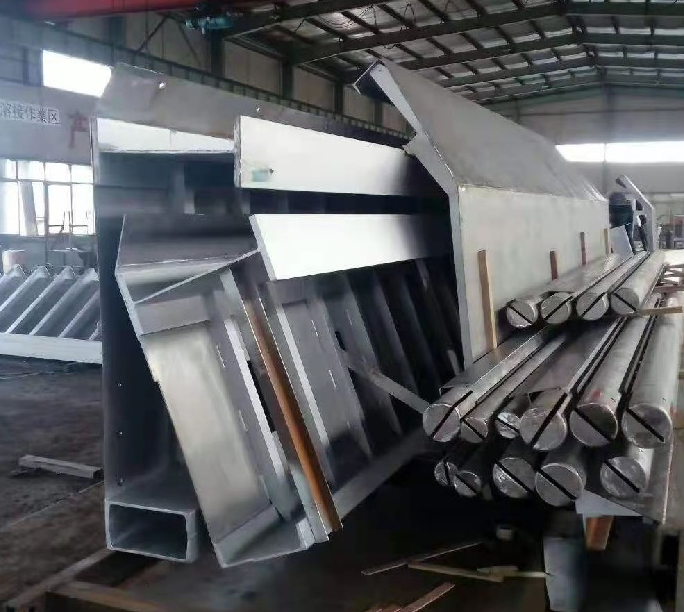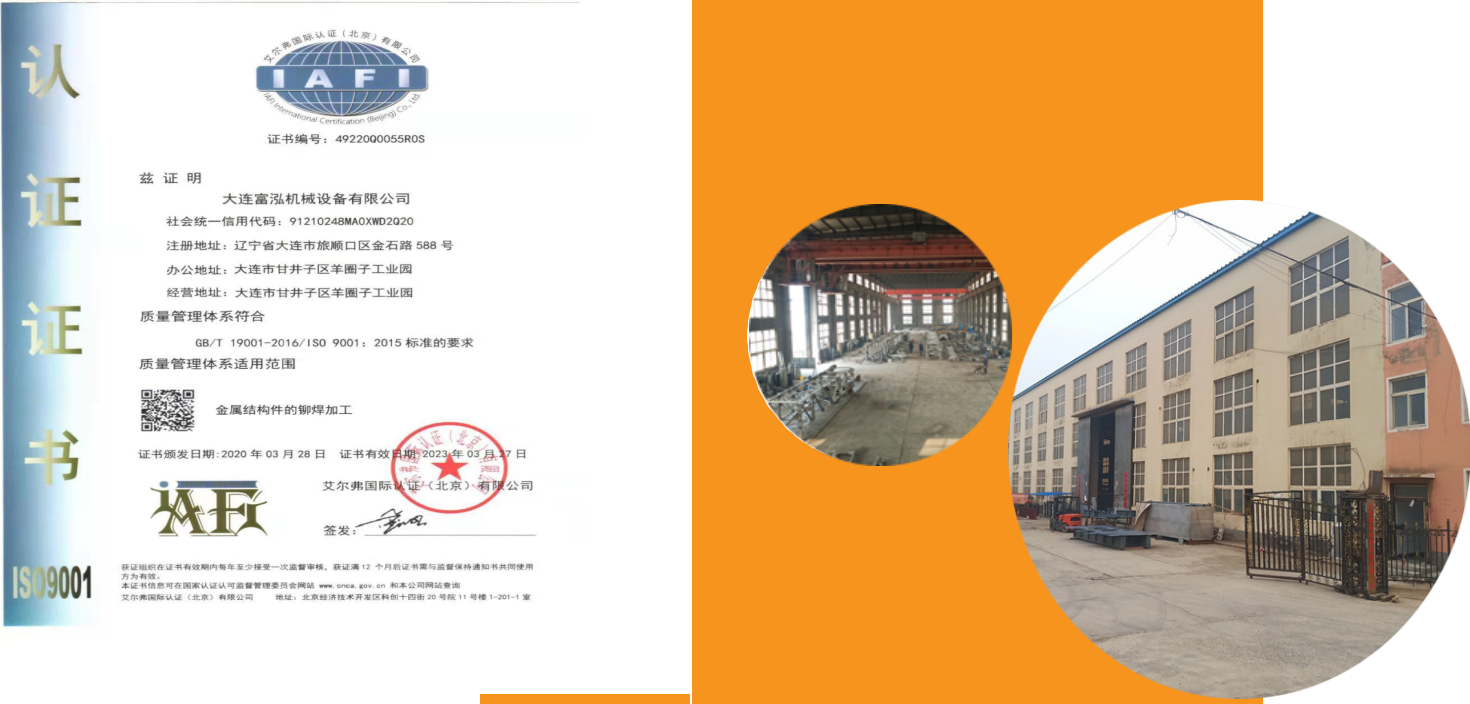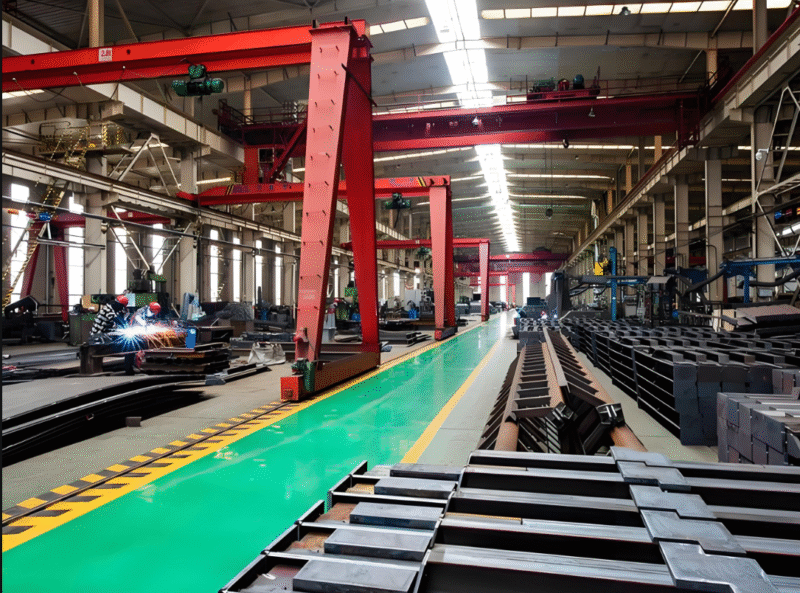autoclaveTypes and manufacturing cases
Types of Pressure Vessels and Manufacturing Cases: A Comprehensive Analysis of Industrial Applications
Pressure Vessel Overview
Pressure vessels are indispensable and important equipment in modern industry, widely used in petrochemical, energy and power, food and pharmaceutical and many other fields. These specially designed closed containers can withstand a certain pressure internally or externally to safely store or handle gases, liquids and other media. With the continuous development of industrial technology, the types of pressure vessels are increasingly rich, the manufacturing process is also increasingly sophisticated.
Main classifications of pressure vessels
By design pressure class
Pressure vessels can be classified according to their design pressure:
Low pressure vessels: 0.1MPa≤P<1.6MPa
medium pressure vessel: 1.6MPa≤P<10MPa
High Pressure Vessels: 10MPa≤P<100MPa
Ultra High Pressure Vessel: P≥100MPa
Different pressure levels correspond to different design standards and safety requirements, and the higher the pressure, the more stringent the requirements for material properties and manufacturing processes.
Classification by process use
Reaction pressure vessels: Used to complete physical and chemical reactions, such as reaction kettles, polymerisation kettles, etc.
Heat exchanger pressure vessel: For medium heat exchange, e.g. heat exchangers, coolers, etc.
Separation pressure vessel: For media separation and purification, such as separators, filters, etc.
Storage pressure vessels: For storing gases or liquids, such as gas tanks, spherical tanks, etc.
Distinguished by structural form
![图片[1]-压力容器的种类和制造案例(压力容器的主要分类) - cndlfh.com-cndlfh.com](https://cndlfh.com/wp-content/uploads/2025/05/5-1.png)
spherical container: e.g. liquefied petroleum gas (LPG) storage tanks, which are uniformly stressed but complex to manufacture.
cylindrical vessel: the most common form, easy to manufacture and good pressure capacity
Combination packagings: Combination of several simple housings to meet special process requirements
Classification by manufacturing materials
Metal Pressure Vessels::
Carbon steel packagings: low cost and widely used
Stainless steel containers: corrosion-resistant, for the food and pharmaceutical industries
Alloy steel containers: high strength, high temperature and pressure resistance
Non-metallic pressure vessels::
Plastic containers: corrosion-resistant but with limited pressure capacity
Composite containers: lightweight and high strength for special occasions
Typical Case Study of Pressure Vessel Manufacturing
Case 1: Large liquefied natural gas (LNG) storage tanks
Project background::
A coastal LNG receiving terminal requires the construction of three 160,000 cubic metre full-capacity LNG storage tanks for receiving and storing imported liquefied natural gas.
Manufacturing Essentials::
Adopting 9% nickel steel as inner tank material to ensure -162℃ ultra-low temperature performance.
The outer tank is a pre-stressed concrete structure that provides secondary containment
Application of automatic welding technology to complete welded seams up to several kilometres long
Rigorous construction of low-temperature insulation layer with perlite filling
Technical difficulties::
![图片[2]-压力容器的种类和制造案例(压力容器的主要分类) - cndlfh.com-cndlfh.com](https://cndlfh.com/wp-content/uploads/2025/05/10-1.png)
Control of material properties at ultra-low temperatures
Guaranteed dimensional accuracy of large structures
![图片[3]-压力容器的种类和制造案例(压力容器的主要分类) - cndlfh.com-cndlfh.com](https://cndlfh.com/wp-content/uploads/2025/05/11-1.png)
Co-construction of multi-storey structures
Case II: Petroleum Hydrogenation Reactor
Project background::
A new hydrocracking unit at a refinery required the fabrication of a hydroreactor with a diameter of 4.2 metres, a length of 28 metres and a weight of 1,200 tonnes.
Manufacturing process::
2.25Cr-1Mo-0.25V hydrogen-resistant steel forged cylinder section
Thick-walled multi-layer wrapping technology with wall thicknesses up to 300mm
Stainless steel anti-corrosion layer on the inner surface
Integral heat treatment to eliminate welding residual stresses
quality control::
![图片[4]-压力容器的种类和制造案例(压力容器的主要分类) - cndlfh.com-cndlfh.com](https://cndlfh.com/wp-content/uploads/2025/05/12-1.png)
100% Radiographic Testing (RT) and Ultrasonic Testing (UT)
Rigorous hardness test and hydrogen cracking test
Full-size hydraulic test to verify strength
Case 3: Food-grade stainless steel fermenter
Areas of application::
A key piece of equipment in the expansion project of a well-known beer company.
Manufacturing characteristics::
Made of 316L ultra-low carbon stainless steel to ensure food contact safety
Internal surface electrolytically polished to Ra≤0.4μm
CIP Cleaning System Integrated Design
Automatic temperature control system accurate to ±0.5°C
special requirement::
Dead-end design for thorough cleaning
Smooth transitions on all welds to avoid microbiological growth
Meets FDA and EHEDG health standards
Key Technologies for Pressure Vessel Manufacturing
Material Selection and Handling
Material Performance Requirements::
Sufficient strength and toughness
Good welding properties
Corrosion resistance adapted to the working environment
Consider low or high temperature characteristics if necessary
Common Materials::
Q345R: General pressure vessel steel
SA516 Gr.70: American Standard Low and Medium Pressure Container Steel
S30408: Austenitic stainless steel
SA387 Gr11 Cl2: chromium-molybdenum steel for high temperatures
Welding process control
Welding method selection::
Submerged Arc Welding (SAW): Longitudinal Ring Seam for Thick Plates
Manual arc welding (SMAW): on-site installation
TIG welding (GTAW): Stainless steel sheets
Quality control points::
Welder qualification management
Welding Process Qualification (WPQ)
Preheating and interlayer temperature control before welding
Post Weld Heat Treatment (PWHT)
Non-destructive testing technology
Radiographic Testing (RT): Detection of volumetric defects
Ultrasonic Testing (UT): Detection of area-based defects
Magnetic particle testing (MT): Surface crack detection
Penetration testing (PT): Surface inspection of non-ferromagnetic materials
Pressure test and acceptance
Hydraulic test: Water is normally used and the test pressure is 1.25-1.5 times the design pressure.
pneumatic test: more dangerous and requires special protection
Air tightness test: Leak check, pressure equal to design pressure
Pressure vessel industry development trend
![图片[5]-压力容器的种类和制造案例(压力容器的主要分类) - cndlfh.com-cndlfh.com](https://cndlfh.com/wp-content/uploads/2025/05/13-1-800x420.png)
Massive and Modular: Increasing capacity of individual units, modular design reduces
Less on-site workload
Intelligent Manufacturing: Application of digital twin, IoT technologies for full life cycle management
New material applications: Increased use of high-performance composites and special alloys
green: Low-emission design, energy efficiency optimisation become important indicators
Internationalisation of standards: Wider application of international standards such as ASME, PED, etc.
Points for safe use of pressure vessels
periodic inspection: Periodic inspections in accordance with the requirements of regulations such as TSG 21-2016
operational specification: Strictly prohibit over-temperature, over-pressure, overload operation
Corrosion monitoring: Establishment of a corrosion rate monitoring system
emergency preparedness: Establishment of emergency plans and regular drills
Personnel training: Operators must be licensed
结束语
Pressure vessels, as special equipment, have a wide variety of types and complex manufacturing processes. From large energy storage tanks to precision food equipment, different application scenarios put forward differentiated requirements for pressure vessels. With the advancement of material science and manufacturing technology, pressure vessels are developing in the direction of safer, more efficient and smarter. Understanding the characteristics of various types of pressure vessels and manufacturing cases helps users to reasonably select and standardise their use, and also provides technical references for manufacturing enterprises. In the future, with the promotion of “double carbon” goal, pressure vessels will play a more important role in energy transformation and industrial upgrading.
White steel reactor










暂无评论内容